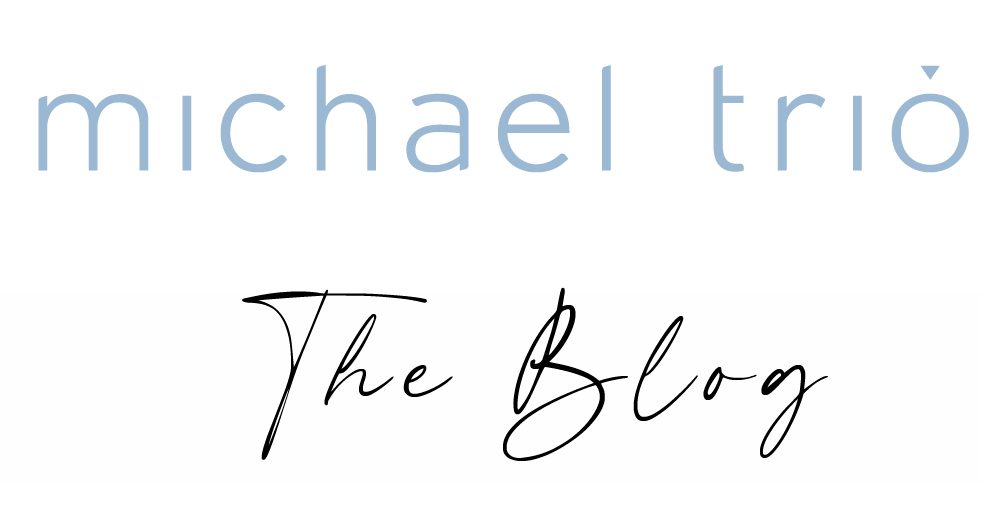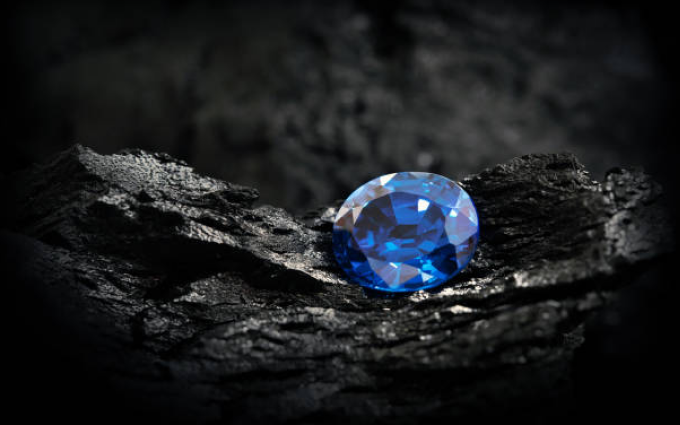Overview
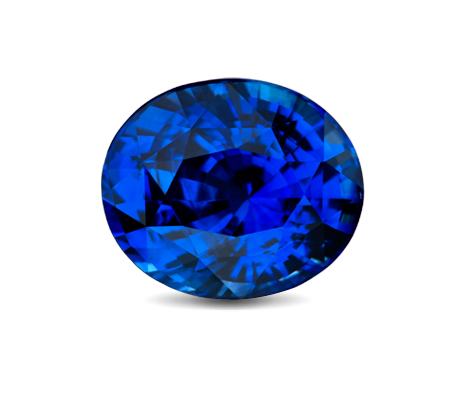
About Sapphire
Derived from the Greek word Sappheiros, this gem worn and coveted by the royalty. Known for their brilliant shade of blue, this gem is a symbol of nobility, trust and sincerity. The birthstone of September and famously given to Princess Diana as an engagement ring from Prince Charles. Explore this gem and its stunning shades of blue for yourself.
Sapphire Properties
Mineral: Corundum
Chemistry: Aluminium Oxide (Al2O3)
Refractive Index: 1.762 – 1.770
Birefringence: 0.009 (± 0.01)
Specific Gravity: 4.00
Mohs Hardness: 9.0
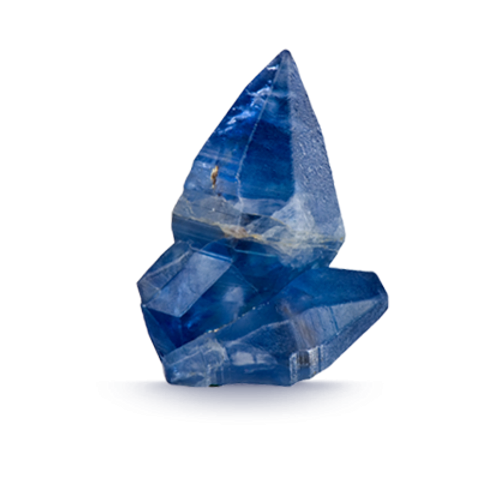
Main Colour
Blue
OTHER COLOURS
Purple
Green
Yellow
COMMON SHAPES




Birthstone month
September
Treatments / Enhancements
Heated Treatment and/or Diffusion Treatment is usually used to improve colour and clarity
Similar Gemstones
Ruby, Pink Sapphire, Fancy Sapphire, Blue Topaz
Origins
Kashmir, Myanmar, Sri Lanka, Australia, Thailand, Cambodia, Madagascar, United States (Montana)
Colour
Colour is the most significant factor affecting the value of a sapphire.
Colour preferences do change in time and from culture to culture. Nevertheless, the most sought after colour is a pure blue hue with a slight hint of purplish or greenish overtone and a medium to medium dark tone. The value of a sapphire decreases as the secondary colour becomes more intense. With the lowest prices being for shades of blue with a strong violet-ish or greenish overtone.
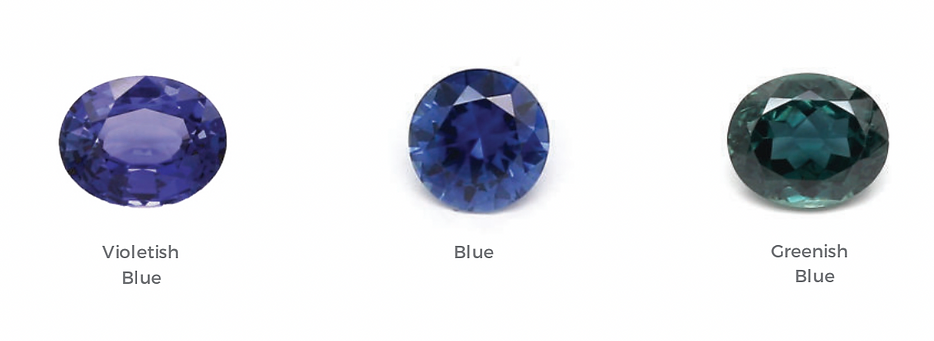
Sapphires with 3 different undertones
Colour Grades of Sapphire
Sapphires not only have different colour/undertone shades, they also come shades of blue with varying intensity as well. Below is some of the sapphires with different shade intensity.
Dark
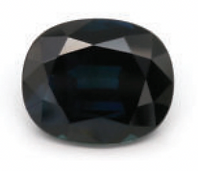
Deep
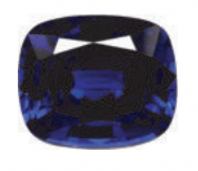
Vivid
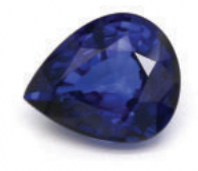
Intense
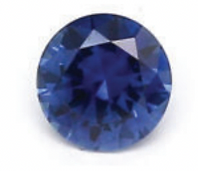
Medium
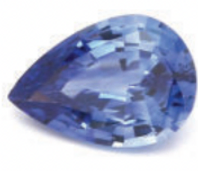
Light
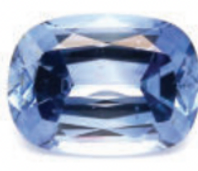
Royal Blue and Cornflower Blue
Cornflower and royal blue are trade names used for describing specific shades of blue sapphires. These are the more common shades of sapphire found in the market.
Cornflower is derived from a flower in Sri Lanka that displays and intense shade of blue. it is often associated with blue sapphires that contain a light to medium saturation and light to medium tone.
Royal blue is an old term used to describe a vivid blue colour with a medium to medium dark tone, often being borderline with dark tone.
These two terms are commonly used to describe some shades of sapphires. However, different gemological laboratories use their own standards with different ranges of colour, and in different cases, each of the above terms can refer to a very wide and arbitrary range of blue.
Clarity
Clarity of a gem is judged based off the gem’s opacity and how much inclusions does the gem contain. The assessment of clarity is often done thru eye clean and it follow the same grading as with diamonds. Inclusions within the gem affects the value of the gem. The more visible the inclusions are to the visible eye, the lower the value of the gem.
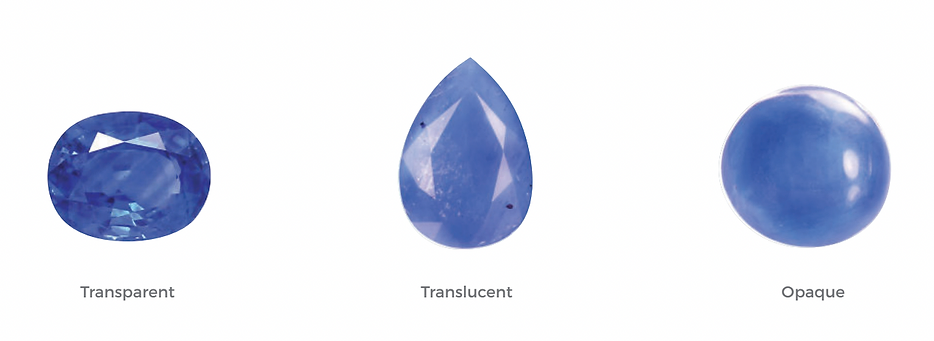
Sapphires with 3 different opacity
Blue sapphires typically contain inclusions, but they generally have better clarity than rubies. Blue sapphires with extremely high clarity are rare, and very valuable.
Several types of inclusions are found in sapphires. Among these are long thin mineral inclusions called needles. Fine needles are called silk. They usually occur as the mineral rutile in intersecting groups.
Clarity Grades of Sapphire
Clarity in transparent sapphires is assessed by naked eye only and at distance of about 40cm. Transparent sapphires that are free of inclusions are very rare and visible inclusions are common and accepted.
Inclusions usually make a stone less valuable. Price can drop substantially if the inclusions threaten the stone’s durability. However, there are some inclusions that can actually increase the value of some sapphires. One such example is the Star Sapphire.
Star Sapphire
Star sapphires and star rubies belong to the phenomenal corundum category. They contain tiny, needle-like inclusions which are oriented in a specific way, which causes a star shape reflection. The star effect is called asterism. The stars are usually made up of 2 or 3 intersecting bands, resulting in 4, 6 rays. In very rare occasions where there are 6 bands, giving 12 rays.
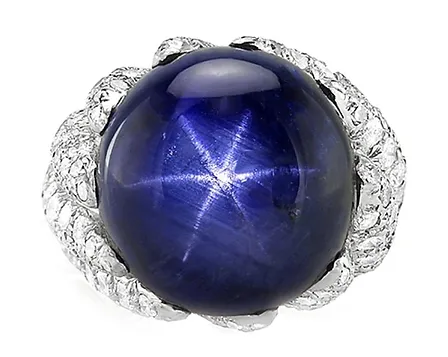
These specific inclusions results in star sapphires being highly valued and coveted. Two different sets of inclusions—one of rutile and one of hematite—oriented in slightly different directions can cause a 12-rayed star.
These specific inclusions results in star sapphires being highly valued and coveted. There are two different sets of inclusions that can cause a 12 rayed star, rutile and hematite inclusions. The finest stars are very distinct, centered on the top of the stone, and visible from a reasonable distance. The most valued star corundum is one that is semi-transparent, with just enough silk to create a well-defined star.
Cut
The shape of the sapphire crystal influences the finished stone’s shape and size. Gem cutters focus on factors such as colour zoning, pleochroism, and the lightness or darkness of a crystal. This will allow them to achieve best overall colour and proportions while retaining the most weight.
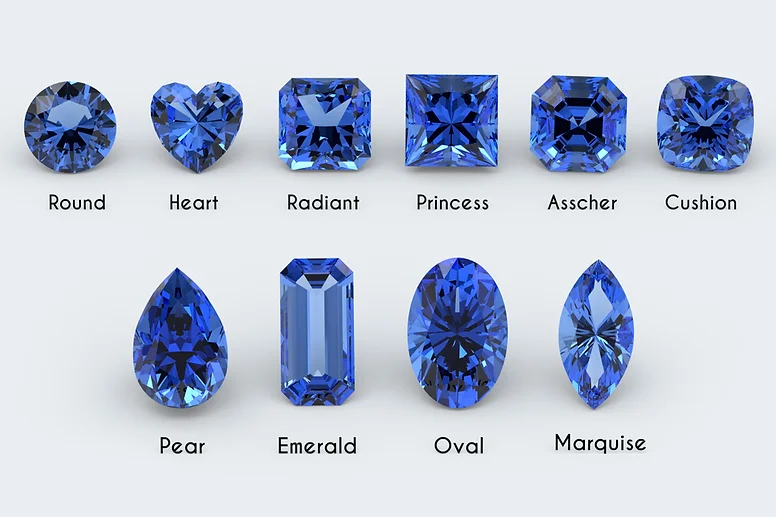
Colour Zoning
Sapphires have size range from a few points to hundreds of carats, and large blue sapphires are more readily available than large rubies. However large commercial quality sapphires are rare but it is more readily available than fine quality ones. Therefore the size definitely influences the price difference between the gemstones.
Pleochroism
Another characteristic that sapphire display is pleochroism. It refers to having different colours when viewed in different directions. The most common pleochroism that blue sapphires have is greenish blue and violet-ish blue. So cutters will usually concentrate on the area with the violet-ish blue because the colour is more desirable when the stone is set in jewellery.
Carat
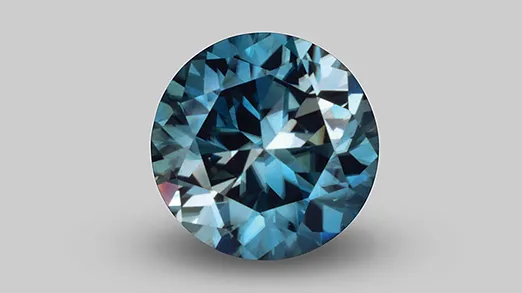
Gemstones such as Sapphire are denser than diamonds, therefore the carat weight for a gemstones differs from that of a diamond. Size of gemstones, including sapphires, are measured by carat as well as their diameter in millimeters. A sapphire measuring six millimeters in diameter is roughly equivalent to one carat. Same with diamond, the larger the gemstone the more valuable it is. The price increases non linearly as well. buying many small gemstones is cheaper as compared to a single large gemstone that have the same weight as all the small gemstones combined.
Sapphires have size range from a few points to hundreds of carats, and large blue sapphires are more readily available than large rubies. However large commercial quality sapphires are rare but it is more readily available than fine quality ones. Therefore the size definitely influences the price difference between the gemstones.
